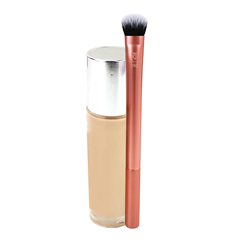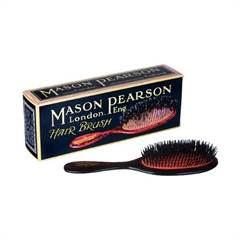Materials Needed:
- Paint brushes (various sizes and shapes)
- Acrylic, watercolor, or tempera paints (choose non-toxic options if you have sensitivities)
- Canvas, paper, or another surface to paint on
- Water and containers for cleaning brushes
- Palette for mixing colors (a disposable palette or a piece of wax paper works well)
- Easel (optional)
- Comfortable workspace
- Mindfulness or relaxation techniques (optional)
Art Therapy Process:
1. Set the Mood:
- Create a comfortable and relaxing environment for your art therapy session. Consider playing soothing music or using aromatherapy to enhance the experience.
2. Choose Your Colors:
- Select a color palette that resonates with your emotions or intentions for the session. Different colors can evoke various feelings and moods.
3. Set an Intention:
- Before you begin painting, set an intention or focus for your art therapy session. This could be to explore your emotions, relieve stress, or simply have fun and be creative.
4. Mindful Brush Selection:
- Take a moment to choose a brush that feels right for the task or emotion you want to convey. For example, a large brush for broad strokes or a small brush for details.
5. Express Yourself:
- Start painting freely and intuitively. Don’t worry about creating a specific image or following any rules. Allow your emotions and creativity to guide your brushstrokes.
6. Embrace the Process:
- Focus on the process of creating rather than the end result. Let go of self-judgment and perfectionism; art therapy is about self-expression and self-discovery.
7. Explore Different Techniques:
- Experiment with various brush techniques, such as blending, layering, splattering, or using different brush strokes. These techniques can help you express different emotions or concepts.
8. Engage in Dialogue:
- As you paint, take moments to reflect on your feelings, thoughts, and sensations. You can use your artwork as a form of self-expression and a way to communicate with yourself.
9. Let It Flow:
- If you encounter resistance or a creative block, take a deep breath and keep going. Sometimes, the act of pushing through can lead to breakthroughs.
10. Self-Care and Closure: – When you feel that you’ve expressed what you needed to, gently conclude your session. Clean your brushes, put away your materials, and take a moment to acknowledge and appreciate your creative process.
11. Reflect and Journal: – After your art therapy session, consider journaling about your experience. Write down your thoughts, feelings, and any insights that arose during the process.
12. Repeat as Needed: – Art therapy is a versatile tool for self-expression and emotional well-being. You can engage in it regularly or as needed to explore your emotions and creativity.
Remember that art therapy is a personal journey, and there are no right or wrong ways to express yourself through art. It’s all about the process and what it means to you. Be kind to yourself, enjoy the creative journey, and use your paint brushes as a means of self-discovery and healing.














